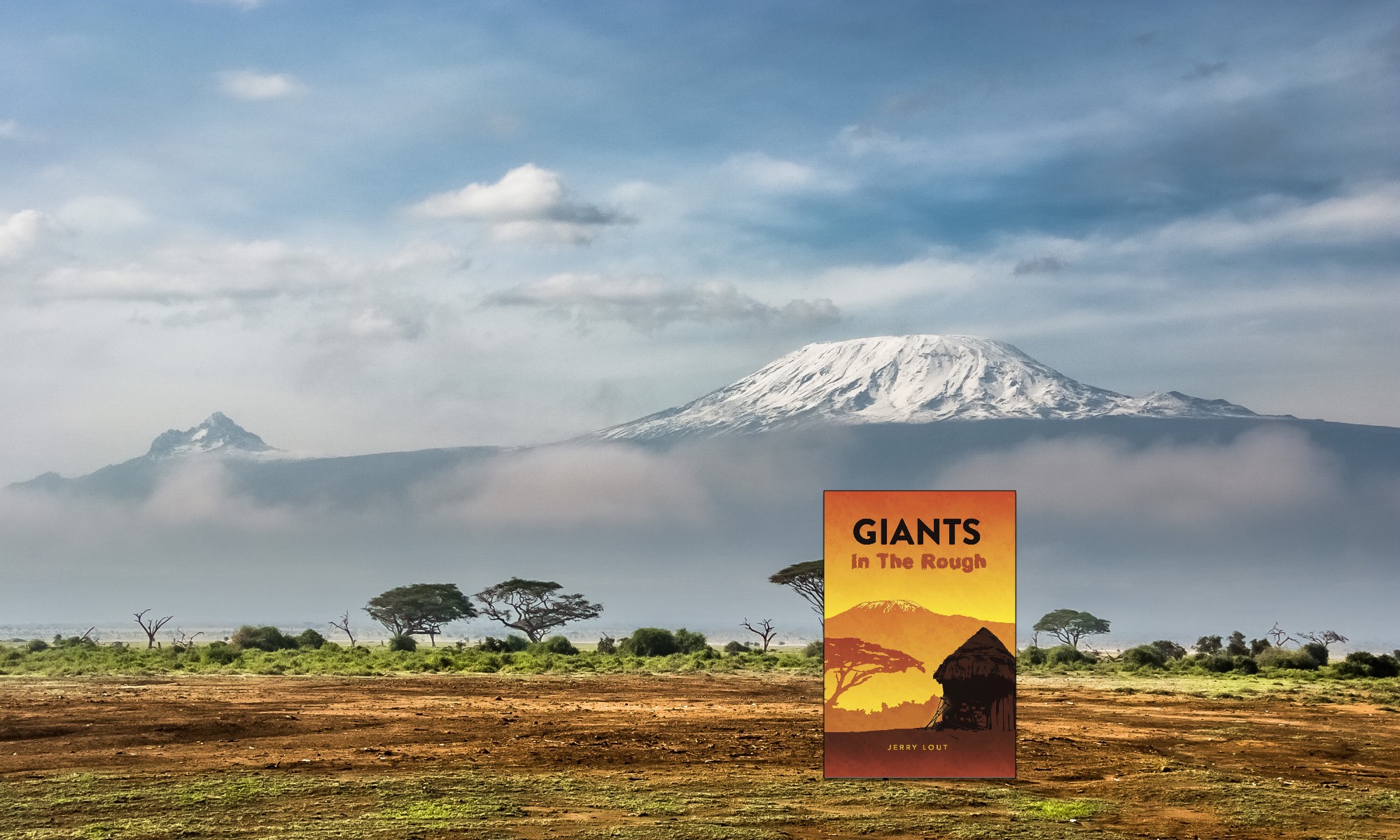The Board cast a unanimous vote. Sometimes such things happen.
The searing heat of Oklahoma’s mid-summer had eased and our annual volunteer-sponsored canoe float down the Illinois River was behind us. It had been a popular event (literally) navigated in the very heart of Cherokee country over past years. Our friend, Les, of Cornerstone Church had rounded up his latest band of water-lovers once again to help facilitate the day-long attraction. Water levels had risen higher than usual this season and fast-paced currents demanded extra vigilance. No one guessed what a close brush we would have with disaster.
A couple hours in, a chorus of sharp cries broke through the relative calm of easy laughter amidst frollicking splash wars of students and new friends The cries of alarm sounded from a place just downstream,
“Quick! Somebody, please hurry. It’s Sai and Rao”, a voice was shouting. “They are in trouble!”
The canoe transporting the pair of South Asia friends had instantly capsized within a narrowed passageway of especially rough waves. As it flipped, throwing the college students to the churning waters, the canoe spun sideways, now pinning the young men against a large downed tree trunk that had long obstructed a portion of the river’s pathway.
The force of the oncoming river pressed strong against the vessel which, in turn, pushed the flailing young men beneath the water again and again. Neither of the two, we later learned, were skilled swimmers. And, like bobbing floats yanked repeatedly downward by powerful arms, the canoers could barely steal a gulp of air in those rare and brief moments breaking through the surface.
Lunging headlong through the torrent, several swimmers reached them. Heaving the capsized vessel up and off the two in abrupt rhythms of Hurculean thrusts, the rescuers freed the men at last. Relief!
(Note: Counted among those volunteers showing up Summer after Summer were two young ladies yet in their teens – Tara and Elizabeth. Float ventures down the Illinois, along with other special outings, fueled their mission vision. Both these women, in time, would plunge into the rigorous work of literacy development, making their presence and skills known in areas of the world void of adequate service in this field. Elizabeth and Tara would each offer up years of service – right into the present – serving full time in linguistics vocations. Advancing literacy and Bible translation, stretching to remote regions of the earth.)
Meanwhile, following a certain drama-filled August Saturday, our ministry’s Board of Directors came easily to their unanimous and unchallenged consensus.
Canoe excursions suspended, till further notice.
©2024 Jerry Lout

